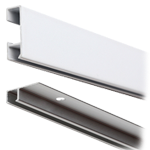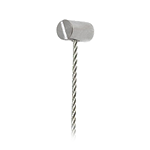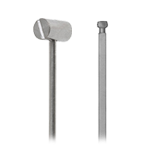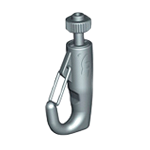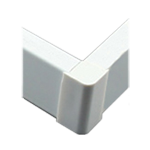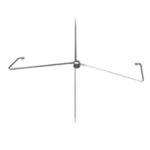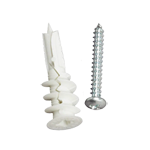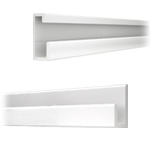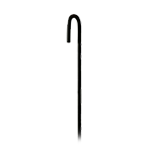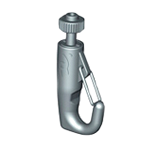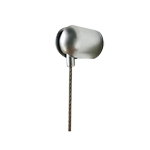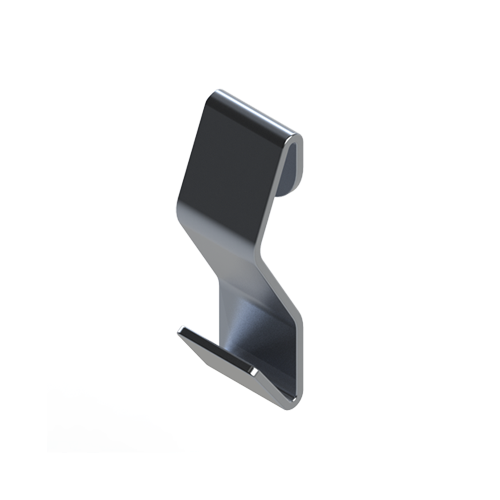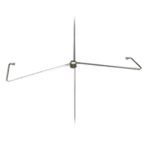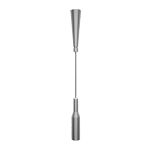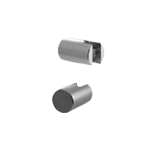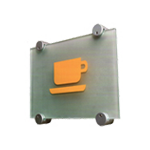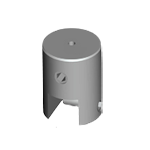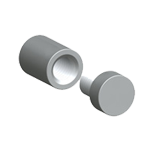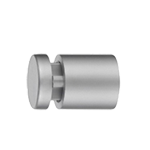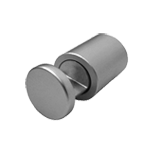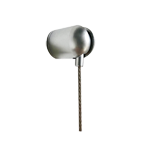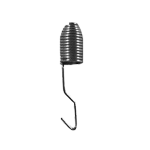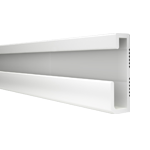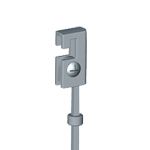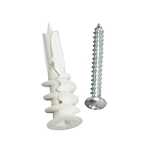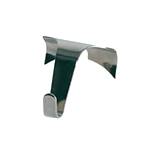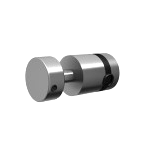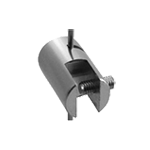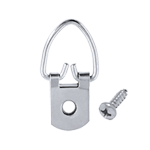Create a Unique, Effortless Display with a Cable Display System
Although you might know, at the back of your mind, that a piece of art is hung with the help of cables, rails, hooks etc., you don't want to have to see these when you go to a museum or gallery. You want the process of viewing and appreciating the art to be seamless; seeing the mechanism with which the art is hung would ruin the experience.
Creating the Illusion of Effortlessness
Any seamless display is an illusion because every piece of art is hung with the help of some mechanism which lies behind it. But when this mechanism is unobtrusive and doesn't interfere with your appreciation of the art, that means it's really doing its job. So the effect is really like watching a ballerina in a dance production; they look like they're dancing so easily, without any effort, but you know that they are putting a lot of effort into it.
The Tensile Strength of a Cable Display System
Fortunately, a cable display system is a very reliable method of hanging any piece of art. The cables hang down from a rail on the ceiling or higher up on the wall and are attached to the artwork with hooks. However, the tensile strength of these cables is such that even a very thin cable can support what seems like a rather large work of art.
Only in certain cases, where the artwork is really very heavy, do you need to swap the thin cables for thicker ones which are more visible. Most of the time, you can make do with a nylon cable which is nearly invisible while at other times, a thin, steel cable will suffice.
With the help of just a few display system elements, you can create a number of different displays. You can also keep swapping out one display for another, if you have new exhibits or you need to hang new items in your display window. You don't have to change the entire system in order to do this, just move the cables around on the rail.
Symmetrical and Asymmetrical Displays
In addition to choosing the right cable display system with the types of rails, cables, hooks etc., you also need to make sure that you're displaying your artwork in an aesthetically appealing way.
- Symmetry: You can go with a completely symmetrical art display or create a grid-like arrangement.
- Asymmetry: If you prefer asymmetry, then hang an odd number of artworks together on one wall e.g. 3, 5 or 7 artworks.
- Size: You can also play with the sizes of the artworks; in general, people hang larger artworks in the middle and smaller ones grouped around them.
- Placement: If you don't have an entire wall available for displaying artwork, you can look for smaller alcoves of space, such as the space above a mantel or adjoining a staircase.
Sometimes, unique, original arrangements of art in places where you don't expect them can be even more appealing than the arrangements in places where you do expect them.
Creating Unique Mixed Media Displays
It is also possible to mix up a display of different types of things, such as artworks in different mediums. Many galleries and museums display paintings on the walls and sculptures scattered around the floor space of their rooms. You can also hang antique wall plates, empty picture frames, mirrors, wreaths, signs with positive or humorous sayings written on them, souvenirs from places you've visited, photos that remind you of special occasions etc. The fact is that you can hang pretty much everything you want on your walls, as long as you combine it with other items to create an attractive display.
Contact us to learn more about using cable display systems to create effortless, beautiful art displays.

